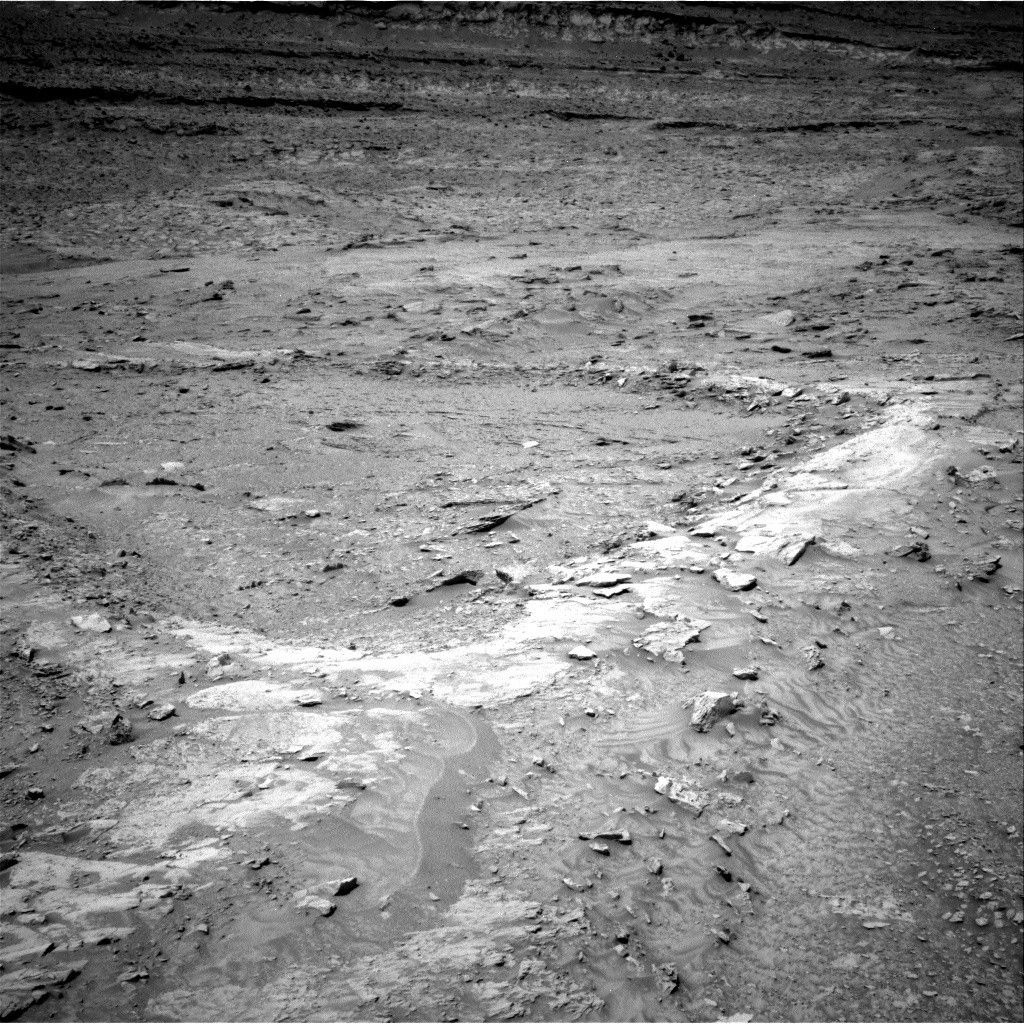Latest drive (sol 1688) - 3 h 50 min, 300 m
SpecialSetOfSieves @ SpecialSetOfSieves @lemmy.world Posts 107Comments 202Joined 2 yr. ago
SpecialSetOfSieves @ SpecialSetOfSieves @lemmy.world
Posts
107
Comments
202
Joined
2 yr. ago
Mars Guy Ep. 241 - Swiss cheese texture at rover's new site
Curiosity Blog, Sols 4675-4681: Deciding Where to Dig Into the Boxworks
Latest drive (sol 1676) - 20 min, 25 m. Are we there yet?
Mars Guy Ep. 240 - Mourning the latest sample failure (plus abrasion #48 analysis)
Latest drive (sol 1674) - 3 h, 250 m. Farewell Vernodden!
Mars Guy Ep. 239 - Admiring one's own (dust-free) reflection
Latest drive (sol 1669) - continued backtracking to abrasion site 48
Mars Guy Ep. 237 - Remembering Sagan and other contributors
Mars Guy Ep. 236 - Spacesuit fabric survives 4.5 years on Mars


As of this latest drive, Perseverance has left the area which was originally mapped in detail for this mission (I have highlighted the quadrangles visited by Percy in red below):
The rover is now south of "Forlandet", one of the highlighted quadrangles at the far left of the map. (We landed in "Canyon de Chelly", at right-centre, on the crater floor).
Obviously, there has been further geologic mapping of the terrain along Percy's intended path - no surface mission has ever "roved blind", even from the days of Apollo - but, to my knowledge, the mission has not shared any of the newer maps in a format accessible to a general audience (there have been a couple of publications in the last year or so, but these are strictly for geologists and not easily digestible). In particular, I cannot find any new information on the quadrangles that we are now roving or soon due to visit - not even their names.
How about it, NASA? JPL? We are aware of the savagery of the funding cuts under the current administration, and their effects on the actual people who make these missions happen. This comment is by no means intended as a complaint, but an acknowledgment of the importance of what you do - this whole community and the broadly positive attitude toward these missions that we readily see online is proof. Especially given that there are no new science missions, like sample return or future rovers, on the books...